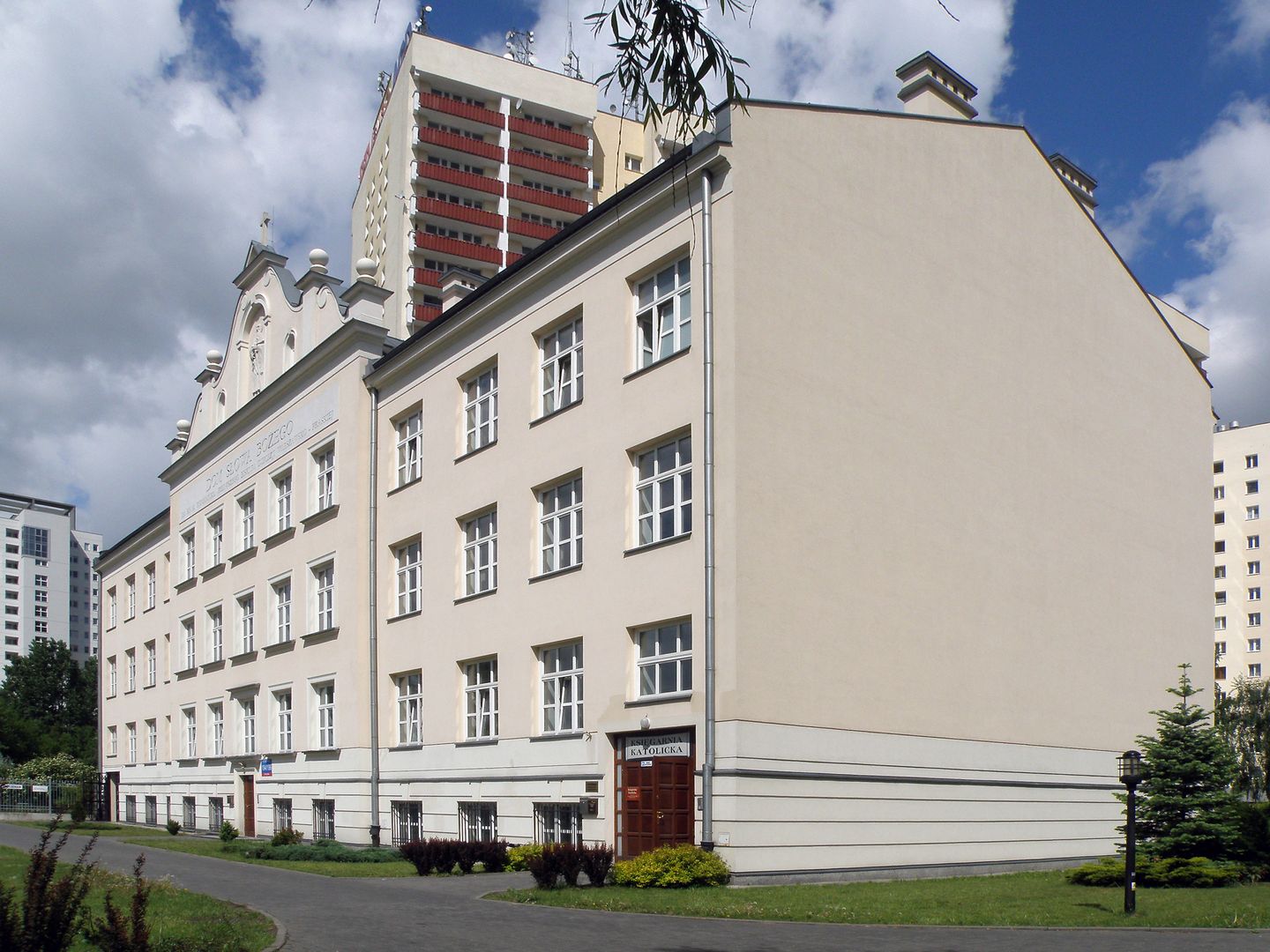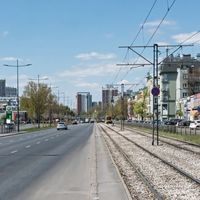Grochów
7.67

Overview
Grochów is a neighborhood in the Praga-Południe district of Warsaw, with a rich history dating back to the 14th century. Initially part of the Skaryszew estates, it was first mentioned in documents as Grochowo in 1570. The clerical village survived the Swedish Deluge, and in the 18th century, it was transferred to the Poniatowski family, leading to the establishment of the Grochów colony. During the 19th century, the area developed industrially, with the emergence of factories, breweries, and depots, which attracted residents and contributed to significant population growth. A key event was the Battle of Olszynka Grochowska during the November Uprising in 1831. Grochów also saw the development of crafts and agriculture, with local products gaining renown. In the interwar period, the area was part of the Praska district, and after World War I, with the onset of urbanization, it was incorporated into Warsaw, accelerating its demographic development. During World War II, Grochów was a site of activity for local social activists who helped refugees. After the war, Grochów underwent industrial intensification, with the construction of factories and plants, linked to relocation and the creation of new jobs. Modern-day Grochów features contemporary transport infrastructure, including tram and bus loops. Architecturally, it is distinguished by monuments, churches, and industrial buildings. Significant landmarks include the Church of the Immaculate Heart of Mary and the former Veterinary Institute. Grochów also has a presence in culture, appearing in animated series and song lyrics, highlighting its importance in Warsaw's cultural landscape. The neighborhood is home to hospitals and educational institutions, making it a livable and welcoming place.
Location
Tickets
Powered by GetYourGuide
2025 Wizytor | All Rights Reserved


